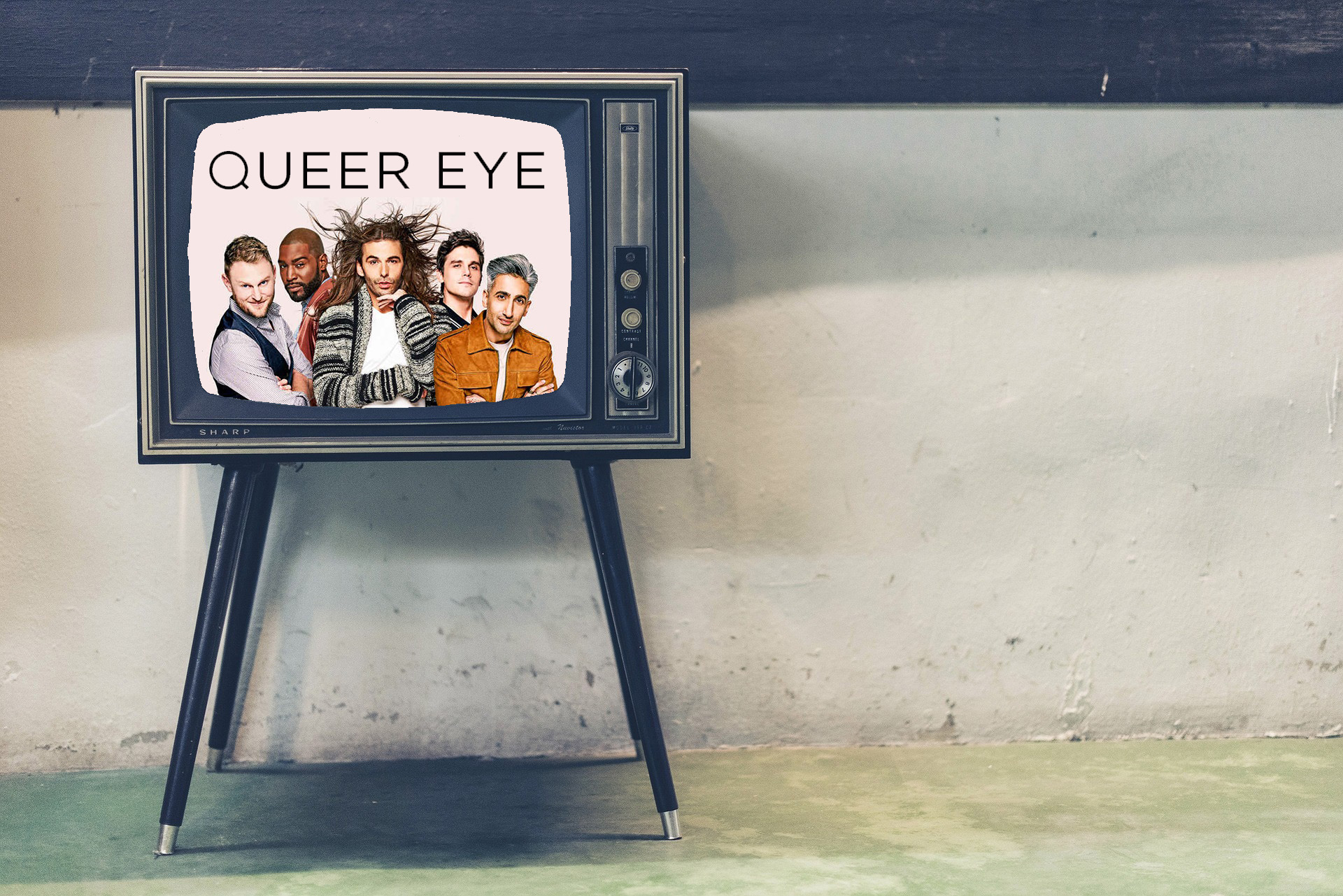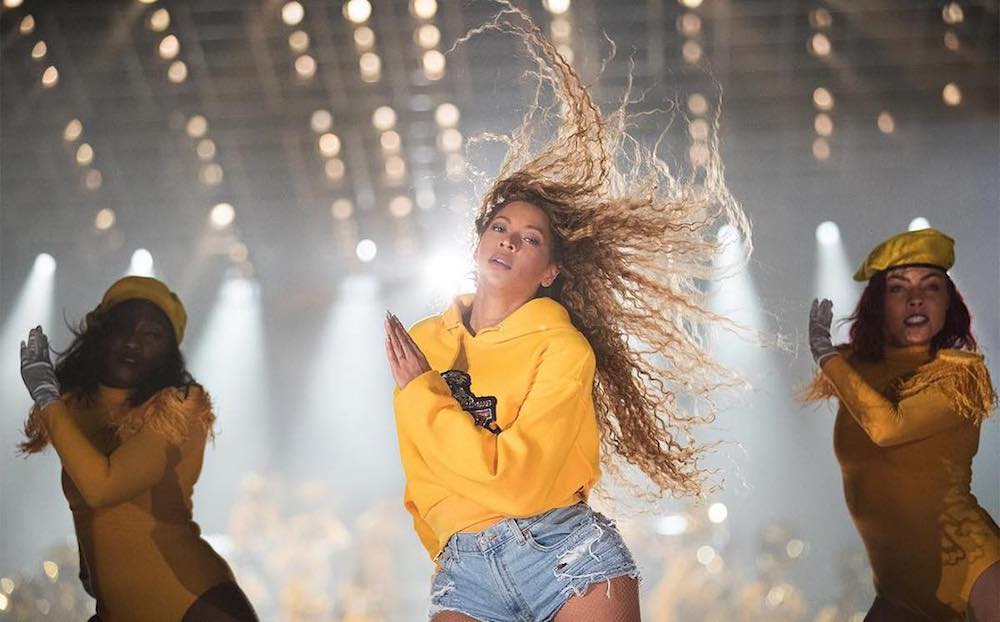Illiteracy in the blind community is New Folder (2014)a human rights issue that activists have struggled to address for decades. But a new innovation may provide a solution.
The Read Read is a Braille learning device that, simply put, teaches blind and low vision people how to read Braille. The simplicity of its purpose belies the complexity of the technology behind this new device, which was meticulously conceptualized and created to provide blind and low vision people with unparalleled instruction in Braille skills.
"The Read Read can change the course of history for kids who are blind," said Kate Crohan, a Braille and technology teacher at the Perkins School for the Blind.
SEE ALSO: 6 tips to keep in mind when talking to someone who stuttersHere's how it works: The Read Read allows independent learning through the same manipulative-based instruction teachers use to teach children how to read Braille. The device's letter tiles feature sturdy Braille printed on metal, making it easier for those just learning Braille to decipher each letter by touch.
The device also speaks a letter out loud when a user touches a given tile, and announces the number of dots in each Braille letter. Through the device, a word created by lining up a series of tiles can be sounded out, helping with reading comprehension and "decoding" of a word.
"The Read Read can change the course of history for kids who are blind."
The Read Read's tiles also feature large-print letters, which help students with low vision learn Braille with the help of the limited sight they have.
"This is impressive," said Cory Kadlick, an assistive technology specialist at Perkins School for the Blind. Kadlick is blind and tested the device. "This isn't something that's going to go via the wayside and be done. It's actually something that's going to work out and succeed."
The Read Read was created by Alex Tavares, a graduate student at the Harvard Innovations Lab. The device has been six years in the making and was piloted extensively at the Perkins School for the Blind and the Harvard Graduate School of Education.
"Up to this point, there hasn't been a device that allows blind children to independently learn, and practice phonics and Braille using the same best practice that teachers use," Tavares said. "Not only does the Read Read allow blind students to learn and practice Braille independently between meetings with a specialist, it also fosters independence, which is especially important for children who are blind."
 Original image has been replaced. Credit: Mashable
Original image has been replaced. Credit: Mashable It is estimated that about 1.3 million people in the U.S. are legally blind, and the majority of those individuals are illiterate. Only 8.5 percent of blind and low vision people receive enough instruction and education to learn Braille. But Braille language learning is essential for the blind community to thrive in a world that deeply values sight and literacy. That's especially apparent in the workforce.
"This isn't something that's going to go via the wayside and be done. It's actually something that's going to work out and succeed."
About 70 percent of blind and low vision people are unemployed. But Blind adults who don't know how to read Braille have a much higher unemployment rate than the community at large. A staggering 97 percent of non-Braille readers are unemployed.
Adults who do know how to read Braille, however, fare better in the job market, with the majority holding part-time or full-time jobs.
But Braille instruction has dropped drastically over the past 40 years. In the 1980s, about 50 percent of blind people received some sort of Braille instruction. Now, that number is only at 12 percent.
Many advocates blame too much reliance on technology for the sharp decline. But there's also a shortage of Braille teachers in the U.S., with many blind and low vision students only able to see a specialist once every two weeks due to overbooking.
 Original image has been replaced. Credit: Mashable
Original image has been replaced. Credit: Mashable Tavares worked as a reading instructor for children and adults with disabilities for over 15 years and has a background in neuroscience and cognitive science. Tavares, who is not blind or low vision, said it was essential to include community input and advice into the development of the Read Read. He also tested the device on blind individuals with a range of other conditions including autism and muscular dystrophy.
"Everything from the size and thickness of the tiles, to the spacing of the area surrounding the Braille, to multiple means of picking up the tiles was designed with feedback from young children, teens, and adults who are blind," he said.
Tavares used 3D printing to create prototypes of his designs, testing different iterations with blind children and adults at Perkins School for the Blind twice a week for 12 weeks.
 Original image has been replaced. Credit: Mashable
Original image has been replaced. Credit: Mashable The resulting device doesn't only help blind and low vision children learn Braille independently. The Read Read, Tavares said, will also help teachers who don't have Braille training interact with their blind students and take an active role in their education.
"Currently, literacy outcomes for children who are blind are abysmal."
"Currently, literacy outcomes for children who are blind are abysmal," he said. "It is vital that children who are blind are able to attend public schools with their peers. Before now, nobody had figured out a way for a typical classroom teacher to help their students learn and practice Braille between visits with a specialist. The Read Read allows any elementary teacher to deliver an existing phonics curriculum to students who are blind."
Tavares is currently running a Kickstarter campaign with the goal of equipping at least 400 blind or low vision students around the U.S. with a Read Read. Any extra money raised will go toward giving more units to children.
So far, the campaign has raised $11,000 of it $273,000 in the two weeks since its launch. Through the Kickstarter, supporters can pay $495 to receive a Read Read by November 2017.
Yes, the price may be steep. But the impact is undeniable.
Topics Social Good Innovations
Previous:Best Buy's 3
 Redux: Emily’s Other Daffodil by The Paris Review
Redux: Emily’s Other Daffodil by The Paris Review
 Black Friday Fire TV deals 2023: Amazon's sale is live
Black Friday Fire TV deals 2023: Amazon's sale is live
 Solawave's new Radiant Renewal Wand is now available
Solawave's new Radiant Renewal Wand is now available
 NYT Connections Sports Edition hints and answers for February 15: Tips to solve Connections #145
NYT Connections Sports Edition hints and answers for February 15: Tips to solve Connections #145
 Target's Black Friday sale is live — check out the deals here
Target's Black Friday sale is live — check out the deals here
 Gwyneth Paltrow's drinking tea and he's Ken: The 8 best tweets of the week
Gwyneth Paltrow's drinking tea and he's Ken: The 8 best tweets of the week
 Forging Intimacy
Forging Intimacy
 Best Buy's 3
Best Buy's 3
 A Gentler Reality Television
A Gentler Reality Television
 Best iPad deal: Save $70 on 10th Gen Apple iPad
Best iPad deal: Save $70 on 10th Gen Apple iPad
 Twitter changed its logo to Doge. The internet laughed at (not with) Elon Musk.
Twitter changed its logo to Doge. The internet laughed at (not with) Elon Musk.
 Gwyneth Paltrow's drinking tea and he's Ken: The 8 best tweets of the week
Gwyneth Paltrow's drinking tea and he's Ken: The 8 best tweets of the week
 Lofi Girl YouTube stream has a companion: Synth Boy
Lofi Girl YouTube stream has a companion: Synth Boy
 Precursors to Today's Technology: These Products Had the Right Vision
Precursors to Today's Technology: These Products Had the Right Vision
 Black Friday Fire TV deals 2023: Amazon's sale is live
Black Friday Fire TV deals 2023: Amazon's sale is live
 Black Friday Meta Quest VR deals 2023: Save on bundles and more
Black Friday Meta Quest VR deals 2023: Save on bundles and more
 A Gentler Reality Television
A Gentler Reality Television
 Panthers vs. Falcons 2025 livestream: How to watch NFL online
Panthers vs. Falcons 2025 livestream: How to watch NFL online
 On Beyoncé, Beychella, and Hairography by Lauren Michele Jackson
On Beyoncé, Beychella, and Hairography by Lauren Michele Jackson
Wordle today: Here's the August 9 Wordle answer and hintsChrissy Teigen, here's your guide to what the hell is going on in the UK right nowHow to finger your partner vaginally or anallyGuy responds to his own wanted mugshot on Facebook and hilarious romance ensuesManchester United's 'not a cellphone in sight' meme backfires spectacularly20 Elf On The Shelf tweets that every exasperated parent can relate toThe internet mocks Donald Trump's new superhero alterNetflix's 'The Gray Man' needs more Alfre WoodardCalifornia wants to revoke Tesla's license to sell carsWordle today: Here's the August 2 Wordle answer and hints'IndividualSomeone turned Rudy Giuliani's Twitter typo into a website bashing TrumpHow to give kids good body image in the age of SnapchatVery good dog greets Camp Fire survivor at their burned down houseMeet Flambo, the newest adorable sports dogAquarium points out Apple's squid emoji isn't quite rightDonald Trump Jr. uses awful dog'They live among us' is the meme for your spiciest opinionsWho is Glitter Guy? 'Only Murders in the Building' finally tells us.Meta's new BlenderBot 3 AI Chatbot got racist real fast 'The Creator' review: A stunning reminder we need more original sci A Letter from New York by Ralph Ellison The Paris Review Staff’s Favorite Books of 2019 by The Paris Review Watch this AI robot beat a human world record in Labyrinth, a wooden marble game What’s the Point? by Michael Chabon More UFOs Than Ever Before by Rich Cohen Tove Jansson on Writer’s Block by Tove Jansson The Evil Stepmother by Sabrina Orah Mark Staff Picks: Bas, Beauvoir, and Britain by The Paris Review NYT's The Mini crossword answers for December 21 Reading in the Age of Constant Distraction by Mairead Small Staid Best digital gift deal: Headspace subscriptions 30% off How to watch UCF vs. Georgia Tech football livestreams: kickoff time, streaming deals, and more ‘Maestro’ review: Bradley Cooper falls just short of greatness once again Wordle today: The answer and hints for December 20 Best Peloton alternative deal: save 55% on the NordicTrack S22i Studio Cycle Now’s The Time: An Interview with David Amram by Gary Lippman Best gift card deals for last The TikTok aesthetics and trends that ruled 2023 On Cussing by Katherine Dunn
2.6717s , 10162.609375 kb
Copyright © 2025 Powered by 【New Folder (2014)】,Creation Information Network